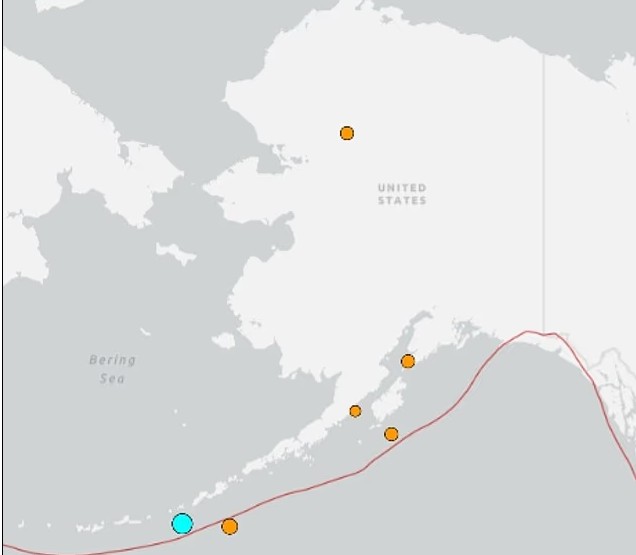At the start of the week, a strong earthquake was recorded, forcing local authorities and residents to seriously consider the possibility of a tsunami. People were jolted awake in the middle of the night by alarming news and phone alerts, unsure whether they should evacuate.
Initial reports from seismologists indicated significant shifts in the earth’s crust several kilometers deep. Within a short time, aftershocks were also detected, further heightening the sense of unease. Although no official tsunami warning was issued, tension in the air was palpable — locals recalled previous catastrophic events in the same latitudes.
It was only later revealed that the epicenter lay near the Aleutian Islands, close to the small, now uninhabited community of Nikolski in Alaska, USA. The first quake registered a magnitude of 5.2, followed less than two hours later by a 4.8 aftershock.
Experts from the U.S. Geological Survey explained that this region sits atop the Aleutian megathrust — a subduction zone where the Pacific Plate plunges beneath the North American Plate. It is one of the planet’s most seismically active areas, generating thousands of tremors each year.
According to the Alaska Earthquake Center, the likelihood of further quakes remains high: a 60% chance of a magnitude 3 or higher within the week, and a 2% chance of another reaching magnitude 5 or stronger.
Fortunately, Nikolski is currently uninhabited, so no direct shaking reports were submitted. Still, communities nearby were reminded of July’s massive quake near Kamchatka, which triggered tsunami warnings for Alaska, Hawaii, and even parts of the U.S. West Coast.
That event produced waves measuring just under three feet, but memories of disasters like the 2011 Japan earthquake — which claimed nearly 20,000 lives — ensure that local authorities act with extreme caution. Emergency crews are already on heightened alert, and hotlines have been established for coastal residents seeking information and reassurance.












